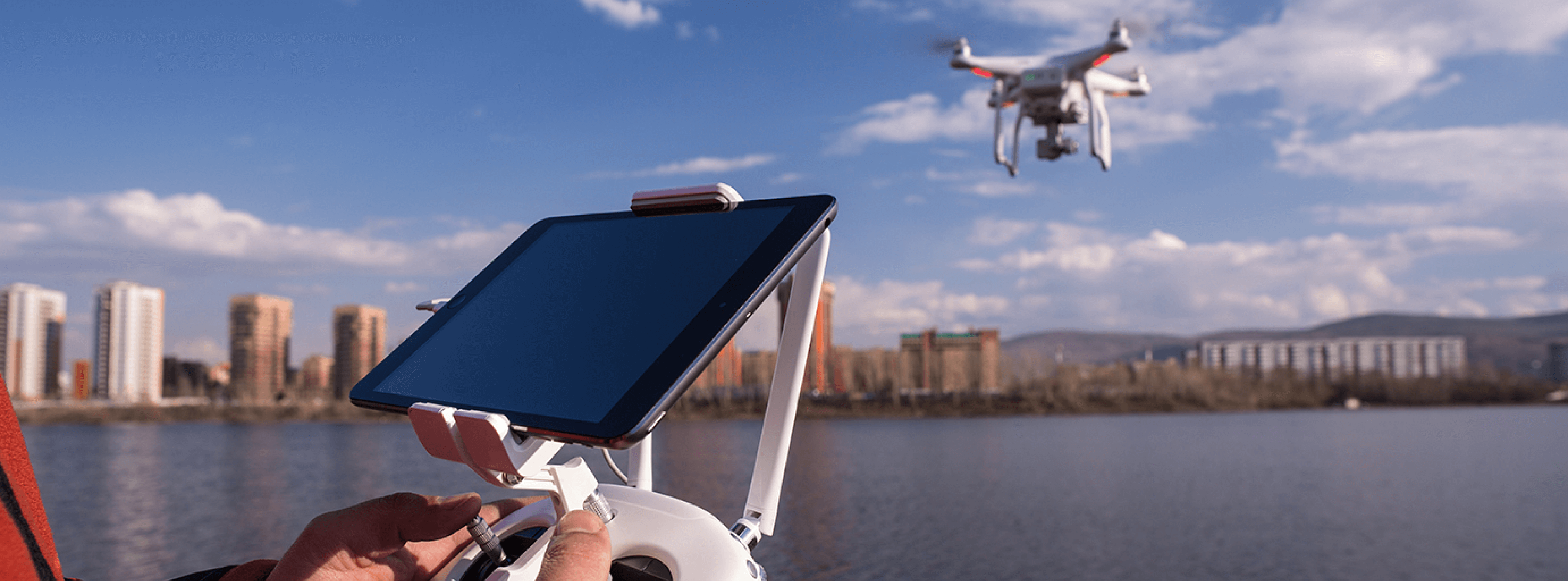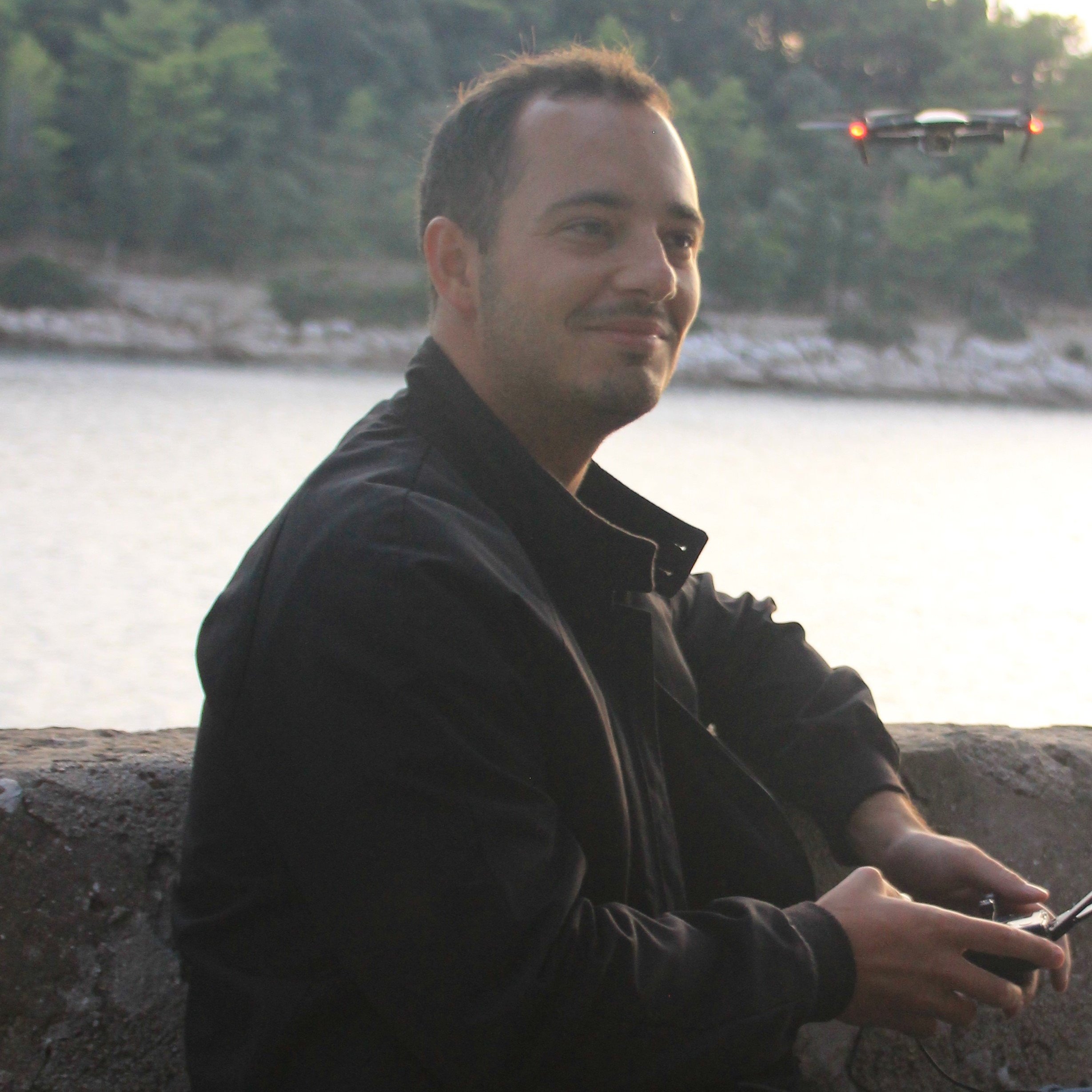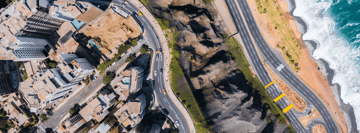After a fatal Ethiopian Airlines crash earlier this month, aviation authorities around the world have grounded Boeing’s 737 MAX aircraft.
In 2017 there was one major accident for every 8.7 million flights, which goes to show that air travel is remarkably safe - by far the least dangerous form of transport we have.
But tragedies such as this bring into perspective the precarious nature of flight. No matter how reliable the technology we develop becomes, this is aviation and accidents do happen.
The ever-present risk with drone operations
The threat of a potential accident has often been part of the justification given by aviation authorities when denying drone flights near or over people.
And that makes a lot of sense. When you’re operating over sensitive areas, above people and property, crashes can be dangerous and expensive. Who knows what or who the drone might collide with if control is lost? On top of that, you stand to lose a small fortune in busted gear and payloads, depending on the mission at hand.
We know that accidents in the drone industry happen. In 2016, GoPro had to recall its newly released Karma drone after a battery connection issue caused countless models to randomly fall from the sky. At the end of 2018, safety warnings were pushed out by aviation authorities and DJI after a small number of Matrice 200s had mid-air power failures.
All of which explains why several companies are developing failsafe systems that can activate in case of a serious malfunction. Perhaps surprisingly in an industry at the forefront of computer vision and engineering, the most popular solution is pretty retro.
How parachutes can make drone operations safer
We’re talking about parachutes: lightweight fabric canopies that can be deployed to slow down a speeding object by creating drag. Mostly they are used in aviation to get things safely and slowly back down to earth. When gravity has other ideas, parachutes can bring an ejected pilot or skydiver down to the ground without a scratch.
Two companies, Indemnis and ParaZero, are using that same concept to prevent drones from dropping out of the sky, protecting people below, the drones themselves and expensive payloads in the process.
Since 2017, Alaska-based Indemnis has been working with DJI to lead the way on drone parachute standards and systems. The aim is to design a soft-landing solution that can be deployed rapidly, as soon as a fall is detected.
In January 2019, Indemnis announced that their Nexus system - designed for the DJI Inspire 2 - had been validated according to the ASTM’s F3322-18 standard testing procedure for drone parachutes. They are also working on receiving approval for use of the same system across DJI’s enterprise range.
Israeli startup ParaZero is another to meet the new ASTM F3322-18 standard. In December 2018, ParaZero worked with the Standard Institute of Israel to go through the testing process and prove compliance. The startup’s SafeAir system is designed to work with DJI Phantoms and meet the FAA’s safety requirements for flights over people. In fact, North Dakota drone company Botlink was granted an FAA waiver for flight over people with a DJI Phantom 4 thanks to ParaZero’s safety system.
Drone possibilities with parachutes
Moving forward, parachute systems look like one failsafe aviation authorities may require when it comes to allowing larger drones to fly over people. Waivers have been granted in the past without them, but the drones tend to be small, tethered and with protected rotors - as is the case with some of CNN’s success stories.
At the time of the Indemnis validation, DJI said “The Indemnis system is intended to be the core of a parachute-based safety mitigation plan for a waiver, and can also help provide one path forward for advanced operations as the FAA considers how to allow routine flights directly over people.”
The key phrase there is perhaps “advanced operations”. Parachute systems should enable larger drones with more complex payloads to carry out missions in sensitive environments: above crowds at festivals and sporting events for example, and over busy urban environments and industrial sites.
With the FAA opening the door to more advanced operations with rule change proposals in recent times, the technology developed by Indemnis and ParaZero could soon be a vital part of that evolution. Sometimes you have to go back to go forwards. Parachutes might seem retro, but they appear to have a big future in the drone industry.





